Our friend Francois, a professor at NCSU told us that if Kelly got a degree in Statistics then went on to something in the Humanities or Business, she would be the “queen of the department” wherever she went. We thought that was pretty cool at the time, but had not thought about it much since then. Kelly got accepted into a great PhD program and then struggled. On average, everyone else in the program was eight years older than her, the youngest being three years older than her when they started. Almost all of them had an MBA and three to five years of experience before they entered the PhD program. There were a couple who went straight from their undergraduate degree to the PhD program, but had a fairly extensive undergraduate research experience. Kelly, on the other hand, was literally, just two years out of high school, or at least that was how old she was when she started.
She has struggled because she was in the habit of taking hard classes that would help her in her understanding of Statistics and not the general Business leveling classes. She has done great in her TA’ing duties and her classes. She knew (knows) how to deal with hard technical material and with people. She started slowly on her RA’ing tasks, but know that she knows what is expected, she excels. The challenge was the research. She had no background at all in formal, technical research. She has struggled. She has her first formal, publication quality paper due in the second week of February. Her work habits were really pretty good by the end of her undergraduate degree at NCSU, but no where near the level she needed to operate at the PhD level. She has hammered away at it though, and today she is performing at a higher level than she ever might have thought she was capable.
So the payback is that her roommate who is in precisely the same program as Kelly, but seven years older with a PhD professor (Dean, actually) father, is coming to Kelly for help on the truly hard stuff. It is a sweet thing, when you have done the truly hard stuff, to enjoy the benefits and security of having it behind you. Congratulations to Kelly. You can not beat a hard STEM degree, no matter what you go on to do after.
Betty Blonde #470 – 04/29/2010
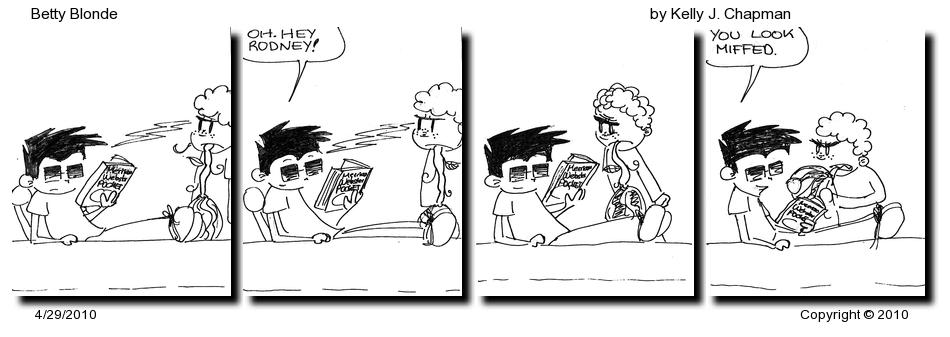
Click here or on the image to see full size strip.


 An amazing thing happened yesterday. One of the managers at my work won a $5 Starbucks gift certificate for getting a correct answer on a safety question. In a classy move, he did a “guess the number” raffle with his team. About seven people participated. The number was 43. Two of the guessers got it right. We were pretty sure no one cheated. I was one of the guessers how picked 43. I picked it because 42 is the answer in Hitchhiker’s Guide to the Galaxy and I hate that pretentious, badly written tome so I one upped it to 43. What are the odds? My immediate thought is that my picking 43 was definitely not random. Actually, whether the reason for picking 43 was overt or subliminal, I am pretty confident the other two who picked it (the raffle organizer and the other guesser) did not pick it randomly either. But then what could be the cause?
An amazing thing happened yesterday. One of the managers at my work won a $5 Starbucks gift certificate for getting a correct answer on a safety question. In a classy move, he did a “guess the number” raffle with his team. About seven people participated. The number was 43. Two of the guessers got it right. We were pretty sure no one cheated. I was one of the guessers how picked 43. I picked it because 42 is the answer in Hitchhiker’s Guide to the Galaxy and I hate that pretentious, badly written tome so I one upped it to 43. What are the odds? My immediate thought is that my picking 43 was definitely not random. Actually, whether the reason for picking 43 was overt or subliminal, I am pretty confident the other two who picked it (the raffle organizer and the other guesser) did not pick it randomly either. But then what could be the cause?
 I just found a
I just found a 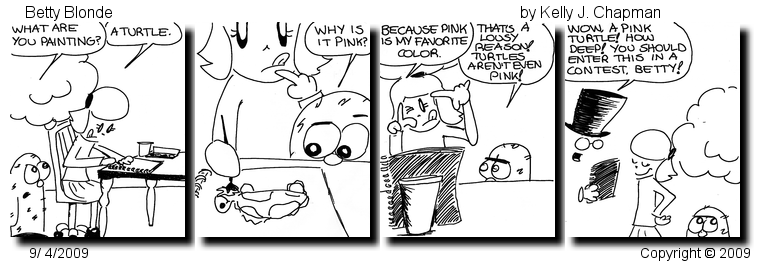
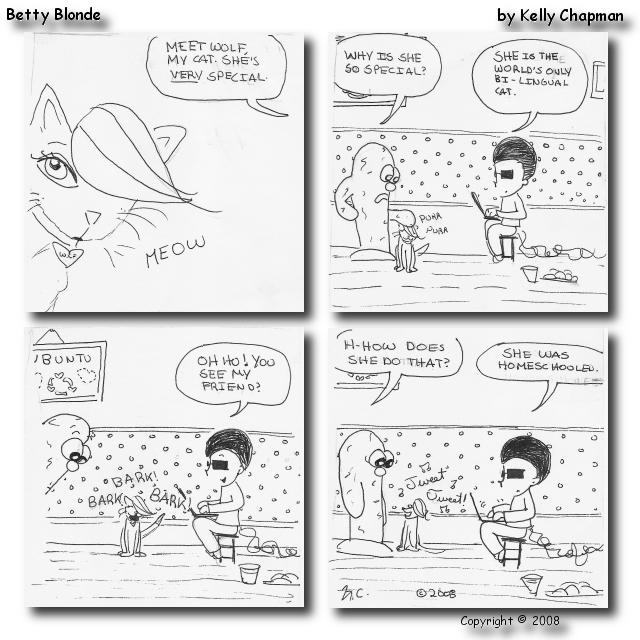



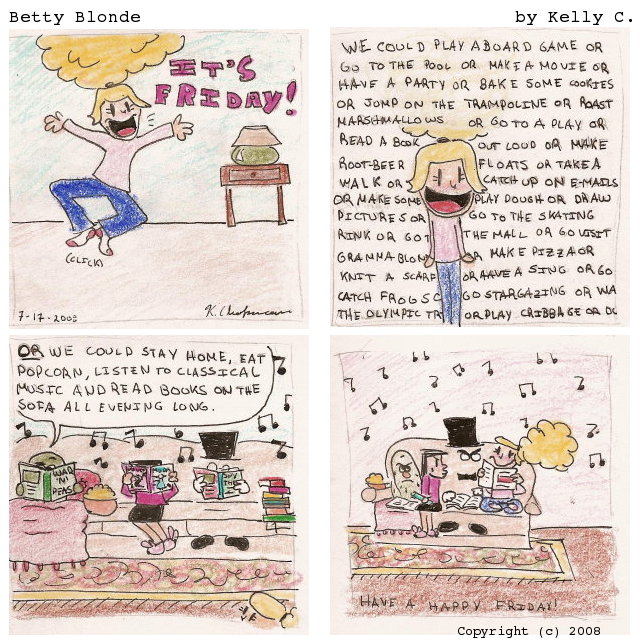
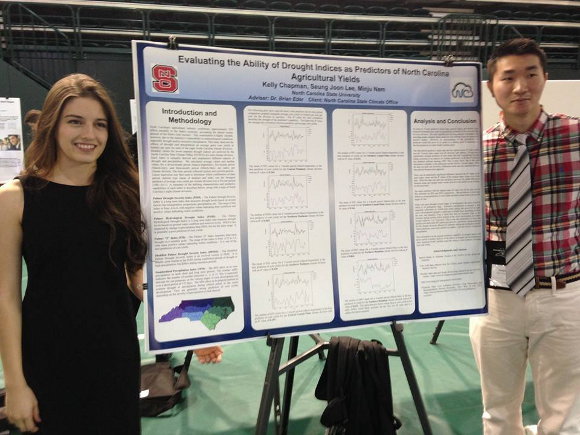
 My professor for Statistical Quality Control at the University of Texas at El Paso was Dr. Thomas McLean. He was the head of the department, a classmate of Ross Perot at the Naval Academy, and a great guy. I was there to run the Machine Vision Applications Laboratory which was started by Dr. Carroll Johnson and I, but they talked me into getting a Masters degree in Industrial Engineering at the same time. I had to take a few undergraduate leveling classes to get started and the SQC class was one of them.
My professor for Statistical Quality Control at the University of Texas at El Paso was Dr. Thomas McLean. He was the head of the department, a classmate of Ross Perot at the Naval Academy, and a great guy. I was there to run the Machine Vision Applications Laboratory which was started by Dr. Carroll Johnson and I, but they talked me into getting a Masters degree in Industrial Engineering at the same time. I had to take a few undergraduate leveling classes to get started and the SQC class was one of them. This a picture Kelly snapped while at work at the fabulous new NCSU Hunt Library today. As I am stuck out in Prescott without the family working through the weekend, I got a little melancholy. Lorena, the kids and I started going down to the NCSU Hill Library (the old one) when the kids started community college three and a half years. At first it was fun because we got to watch the posturing and histrionics of the college kids while Lorena, Kelly, and Christian studied and I worked on volunteer research for NCSU.
This a picture Kelly snapped while at work at the fabulous new NCSU Hunt Library today. As I am stuck out in Prescott without the family working through the weekend, I got a little melancholy. Lorena, the kids and I started going down to the NCSU Hill Library (the old one) when the kids started community college three and a half years. At first it was fun because we got to watch the posturing and histrionics of the college kids while Lorena, Kelly, and Christian studied and I worked on volunteer research for NCSU.  There are plenty of hard classes in Kelly’s Statistics program at NCSU, but everyone believes Mathematical Statistics II is probably the hardest. Kelly has been hammering away at this class since the beginning of the year and did her final in the course on Tuesday. She feels great about her understanding of the material, but tests are tests so she is sitting on pins and needles while she waits for the results. She put the following image of her study notes up on Facebook. I had to write about them here. Someone on Facebook actually said this was frameable artwork. I agree! I think this might be a great thing to have on the wall in my office.
There are plenty of hard classes in Kelly’s Statistics program at NCSU, but everyone believes Mathematical Statistics II is probably the hardest. Kelly has been hammering away at this class since the beginning of the year and did her final in the course on Tuesday. She feels great about her understanding of the material, but tests are tests so she is sitting on pins and needles while she waits for the results. She put the following image of her study notes up on Facebook. I had to write about them here. Someone on Facebook actually said this was frameable artwork. I agree! I think this might be a great thing to have on the wall in my office.